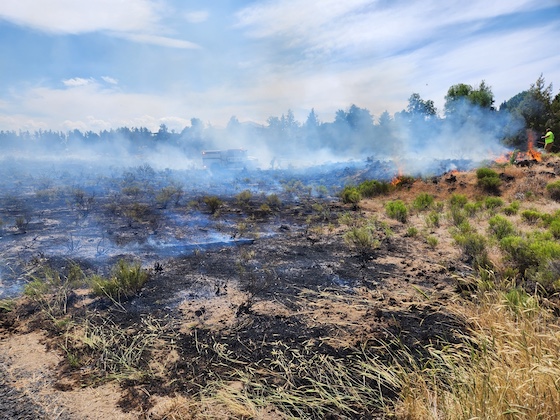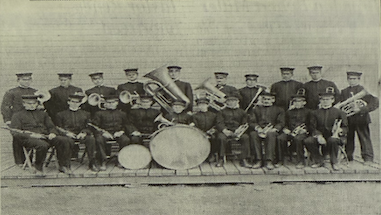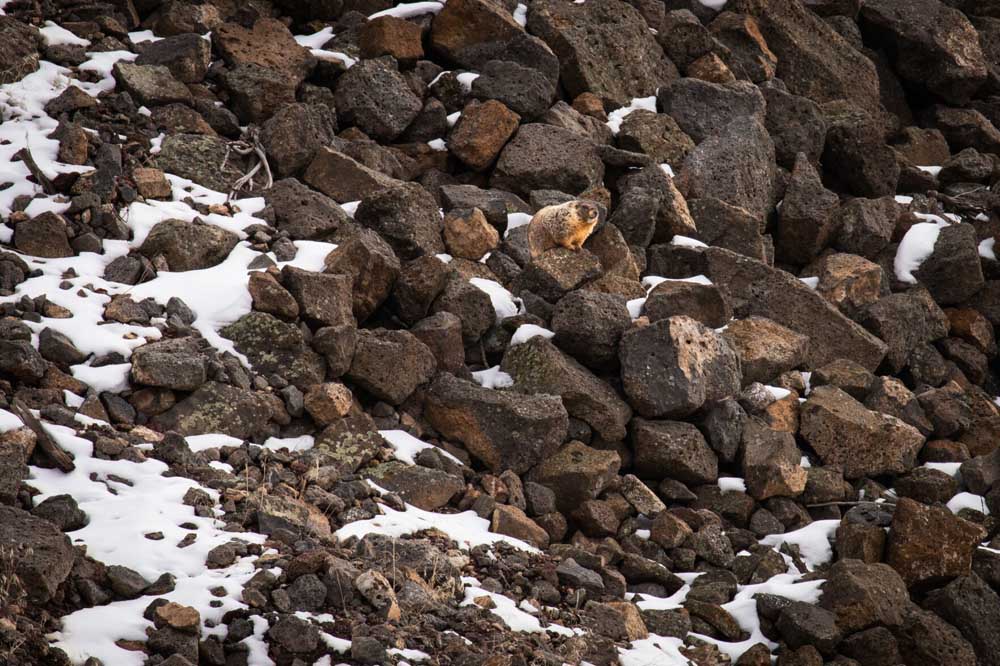Health hub: Time to prepare for winter sports
Published 12:00 am Wednesday, September 25, 2019

- Gaudette
Wow, we are still growing veggies and sweating on the farm, but it is time to think about preparing your body for winter sports.
Some may keep up with fitness year-round or just participate in winter sports. In either case preparing for winter activities should start now!
Snowboarding has become a fast-evolving, popular winter sport. The stance on the board along with speed, terrain and gravity make this a challenging sport and creates potential for injury. Snow skiing and snow-shoeing require prepping the muscles and joints for an experience where your feet are “different” and you are interacting with another medium other than the hard ground.
While the focus will be toward the higher-intensity activity of snowboarding, the preparations are reasonable for most winter snow activities.
Novice snowboarders experience more upper-body injuries, using their hands to brake falls. Experienced boarders tend to experience lower-body injuries related to increased speed, tricks, twists and jumps.
Injuries to the knees parallel Alpine skiers, fractures and ligament injuries. Nordic skiers injuries tend to be strains, shin splints, back pain and consequences from falls.
Snowshoe enthusiasts also can sprain/strain the knee ligaments and meniscus due to the snow stopping the forward movement of the lower leg, while the torso continues to move. Whatever the chosen winter sport, lowering risk of injury by strengthening and improving mobility is important.
Snowboarding requires muscular endurance, flexibility, strength and balance. Tschana Schiller, strength and conditioning coach of the U.S. snowboarding team recommends a variety of full-body, multi-joint pushing and pulling exercises.
Strengthening should focus on hip, gluteal and core strength. Squats are important to strengthen the hips, which will, in turn, protect knees. Squats should start as basic body weight squats and add dumbbells when ready. Progress squats to tossing and catching a weighted ball while squatting.
As strength improves, use a balance board, hold a shallow squat, then progress to dynamic 90-degree squats. Adding a weighted-ball toss to the side, will challenge the core, balance and weight shifts.
For the final squat progression, squat beyond 90 degrees, maintaining an upright torso and grip the board at different points. Lunges to the sides are important for the muscles on the side of the pelvis and leg, supporting the wider stance on a board. In a side lunge, one leg steps to the side and the knee bends to 90 degrees, torso remains upright and toes forward. Move the foot back to center and repeat the exercise on the other side.
Add weights and increase the speed of the side to side movement to progress this exercise. Use a loop resistance band around the ankles to perform the lateral squat to progress the basic version.
For an additional challenge to balance and core strength, place a resistance band around the hip or waist area, have someone hold the band, maintaining the resistance as the squat is performed. For core and shoulder girdle strength, add planks. Begin with a basic plank in push-up position, good form includes relaxed shoulders and shoulder blades drawn down, hold for 20 seconds and repeat 10-12 times.
Progression includes placing hands on a balance board, holding the plank in the lower position push up position, alternating leg lifts and alternating bringing knee towards torso.
Round off the strength part of training with bridges with and without a ball, ball wall squats and sits. Flexibility should focus on opening the hips, spinal rotational stretches and mobility and shoulder mobility.
With a bit of early preparation, may this be a most successful and enjoyable winter sports season.
— Robin Gaudette is the aquatics wellness coordinator at the Redmond Area Park and Recreation District. Contact her at robin.gaudette@raprd.org.






